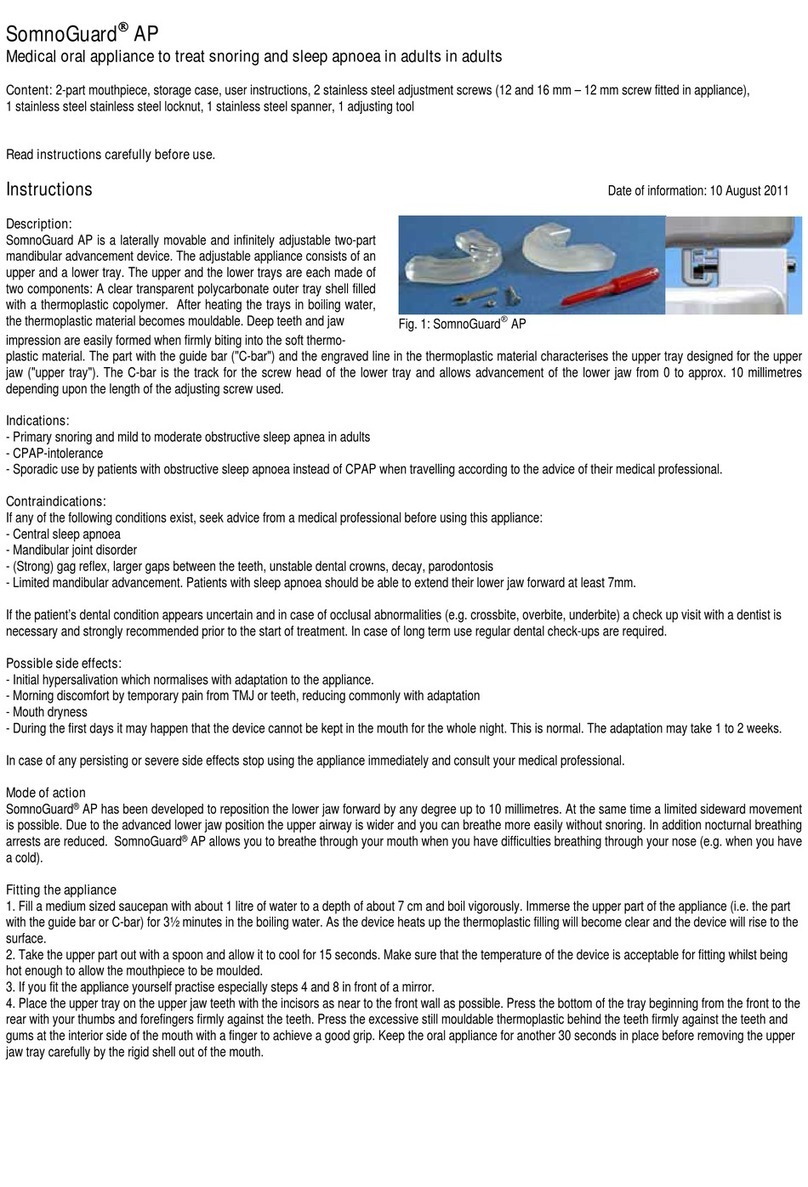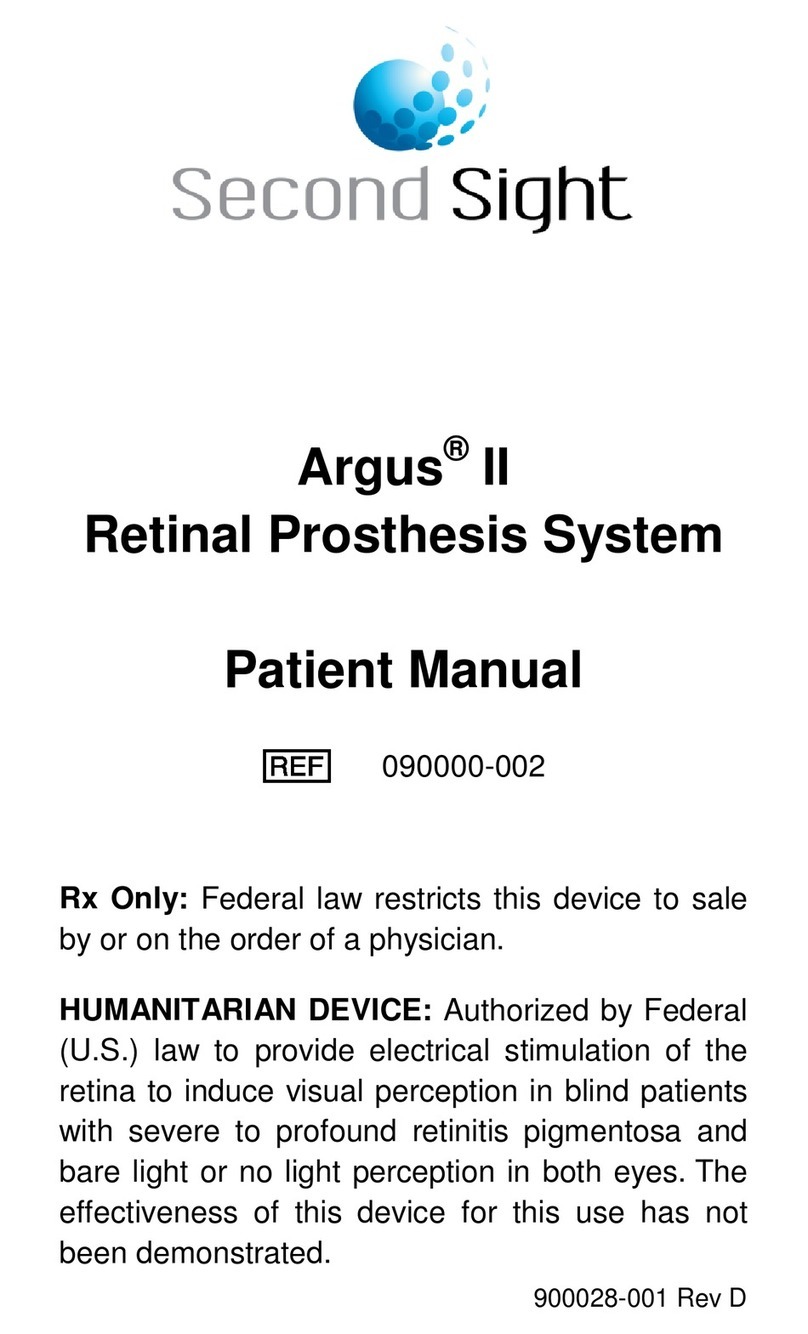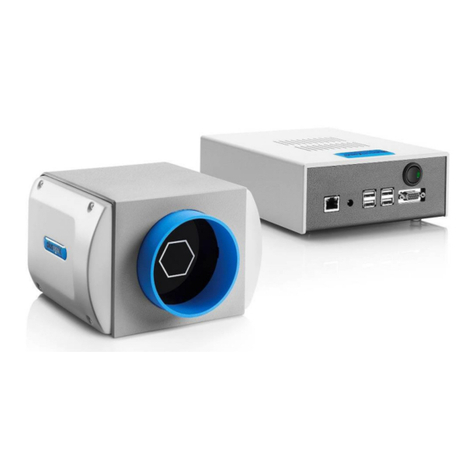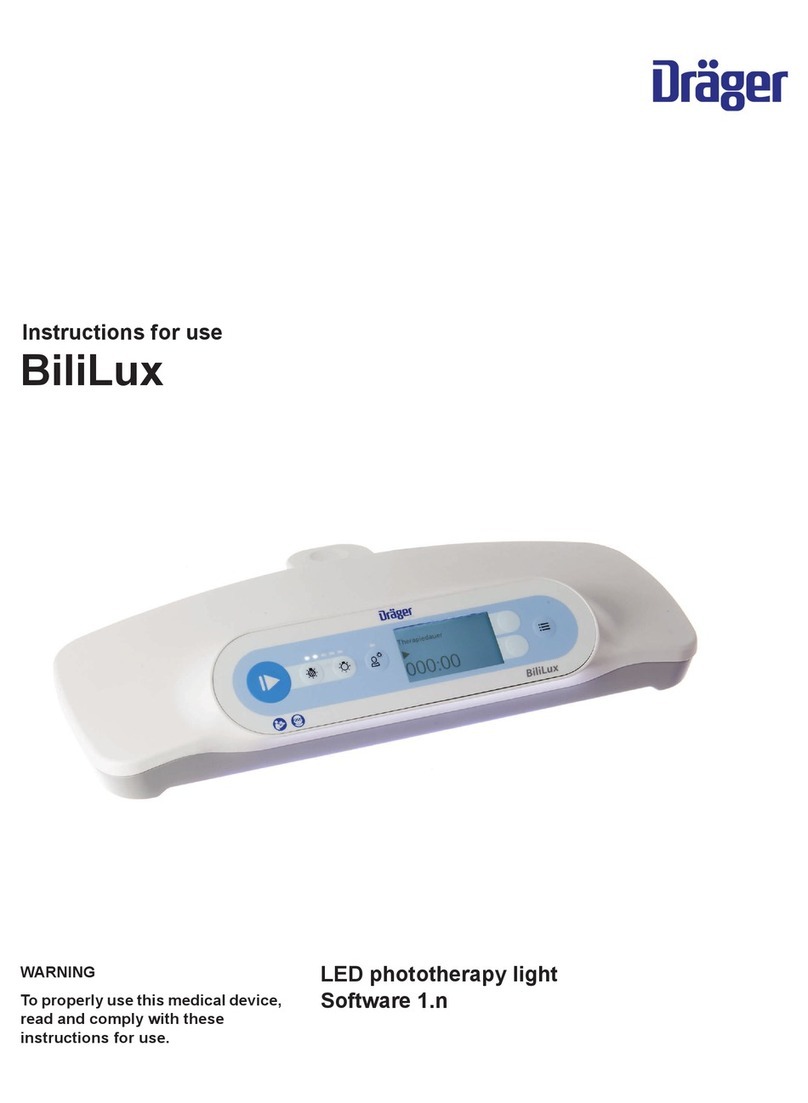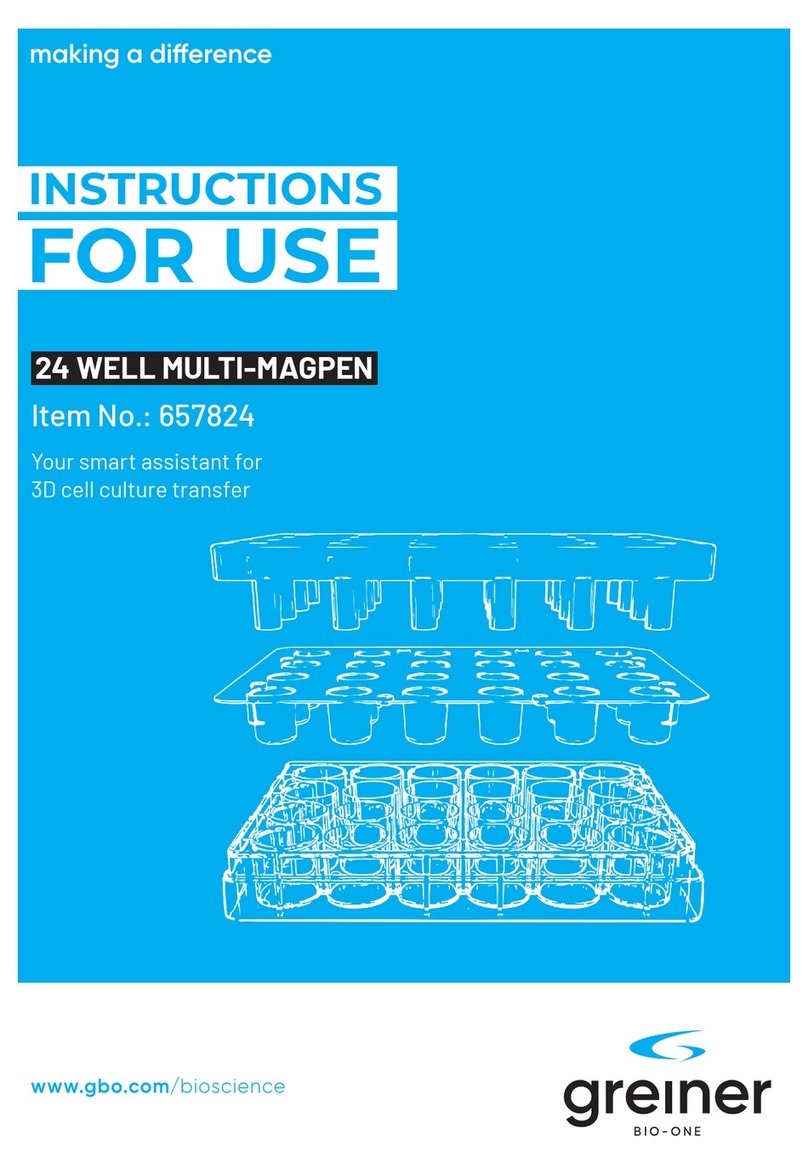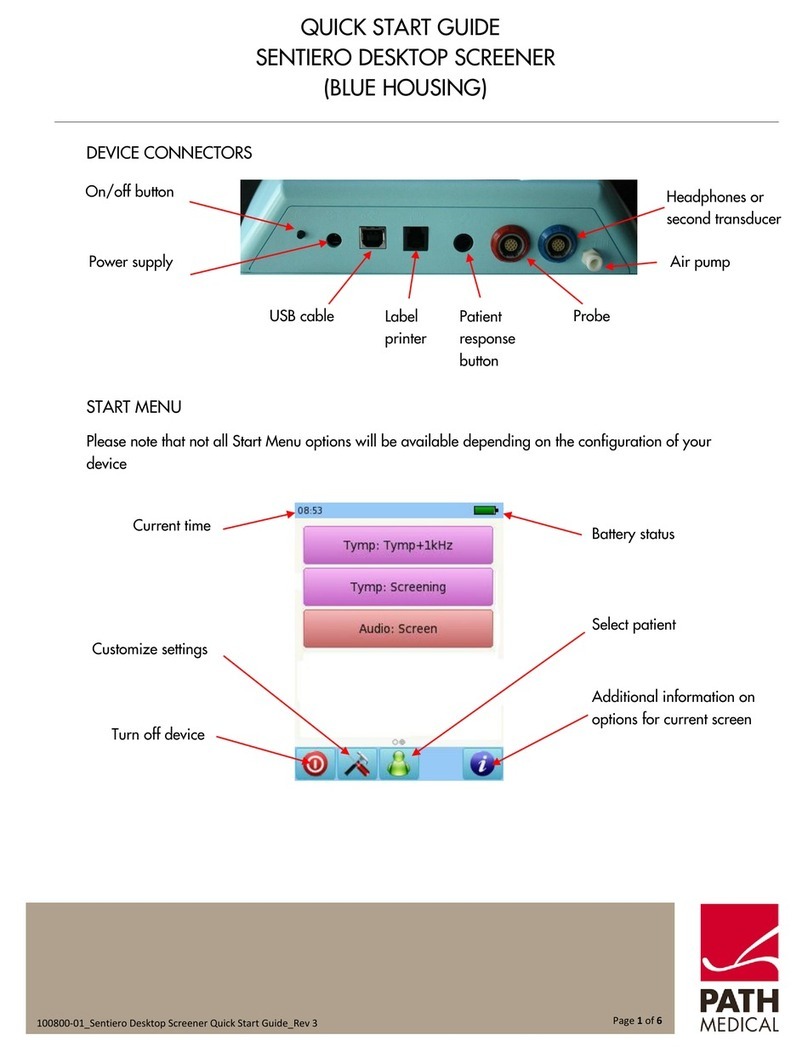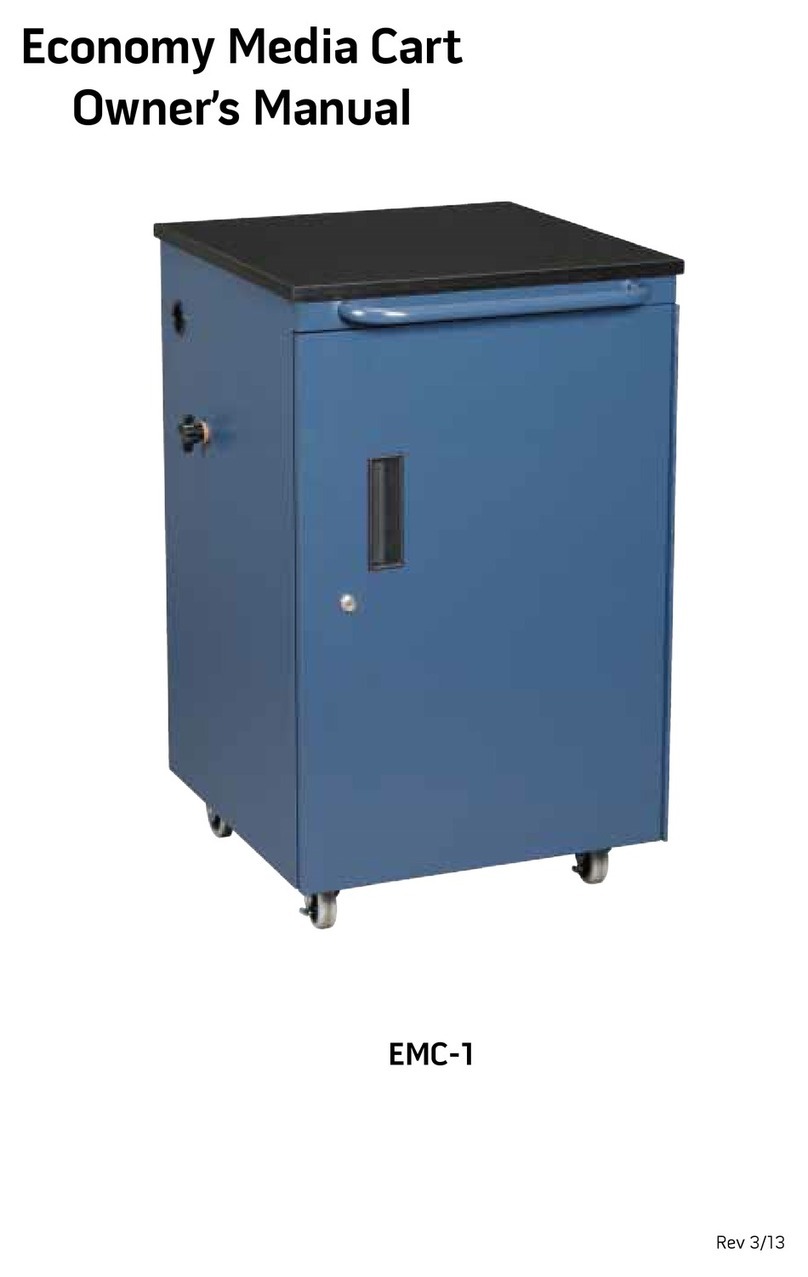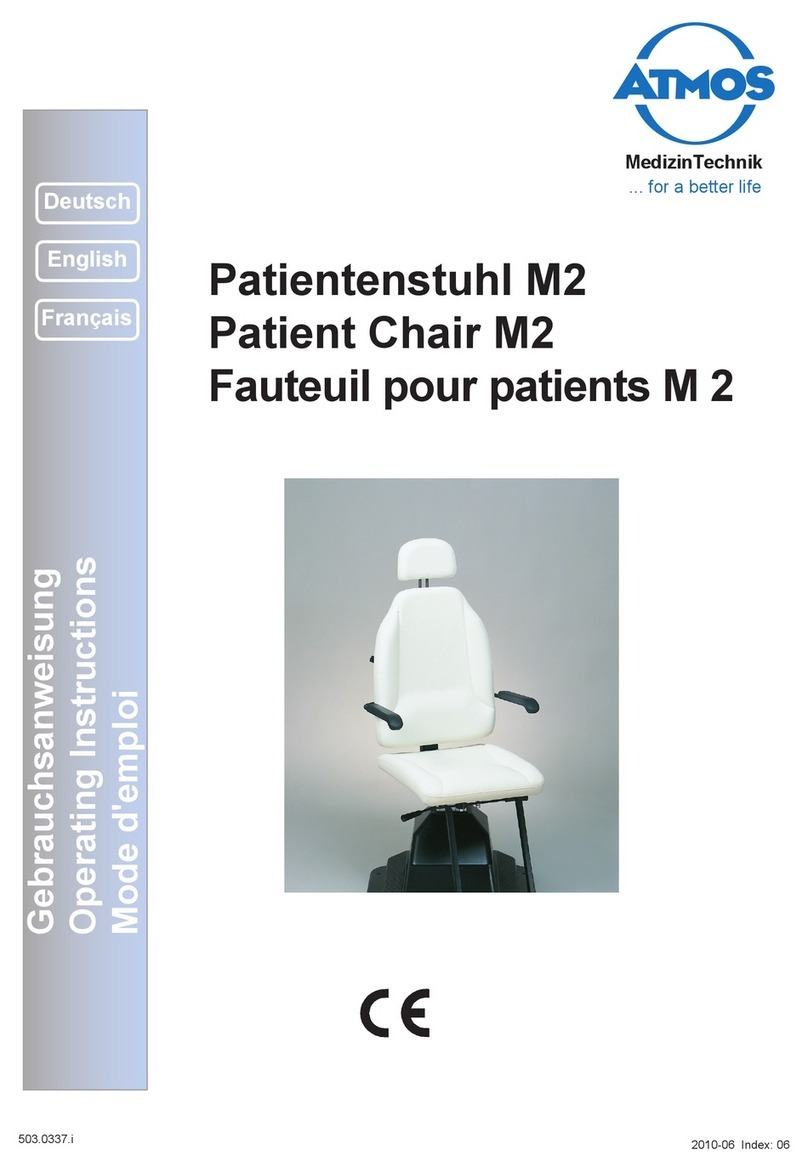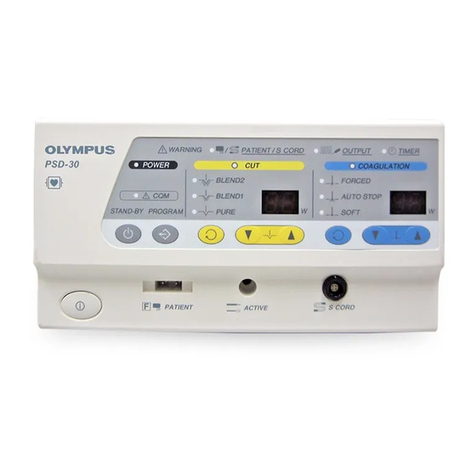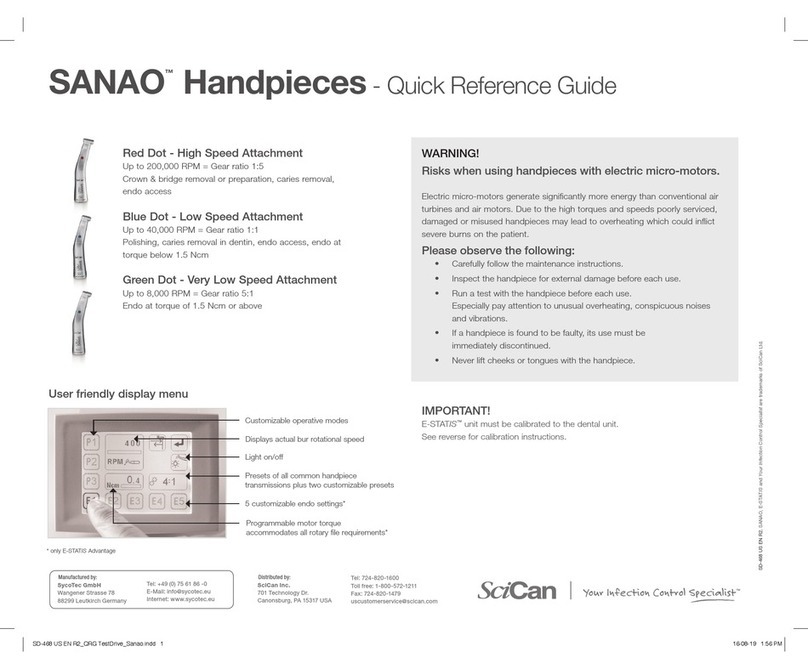Tomed SomnoGuard AP 2 User manual

SomnoGuardAP 2
Medical oral appliance to treat snoring and mild or moderate obstructive sleep apnoea in adults
Content: 2 oral trays (upper and lower jaw tray), 2 stainless steel adjusting screws (12 and 16 mm), locknut, spanner, adjusting tool, storage case, user instructions
To achieve an optimal therapeutic result, it is recommended that SomnoGuard®AP 2 is fitted by a physician (e.g., dentist, ENT physician, physician in the
sleep laboratory) or his/her trained medical staff.
Instructions (read carefully before use) Date of information: 01.02.2021
Description:
SomnoGuard®AP 2 is a two-piece mandibular advancement device that is laterally mo-
vable. The two oral trays consist of a hard outer tray shell and a thermoplastic material.
After heating the trays in a boiling water bath, the thermoplastic material becomes easily
mouldable. Deep teeth impressions are formed when biting into the soft thermoplastic
material. After the appliance cools down in a cold water bath, the material hardens and
maintains its new shape. The part with the guide bar ("C-bar") characterises the upper tray
designed for the upper jaw. The C-bar is the track for the screw head of the lower tray. The
lower jaw advancement can be infinitely adjusted by turning the screw. The opening of the
respiratory tract depends on the extent of the adjusted lower jaw advancement.
Indications:
Fig. 1: SomnoGuardAP 2
-Treatment of primary snoring and mild or moderate obstructive sleep apnoea in adults
-In case of CPAP intolerance and in order to reduce CPAP pressure
-Sporadic use by patients with obstructive sleep apnoea instead of CPAP when travelling, according to the advice of a medical professional
Contraindications:
-Patients under 18 years
-Central sleep apnoea
-Severe respiratory disorders
-Epilepsy
-Temporomandibular joint disorder
-Insufficient number of teeth, large gaps between the teeth
-Periodontitis, loose teeth, unstable dental crowns or prostheses, tooth decay
-(Strong) gag reflex
-Limited mandibular advancement
Attention: If the patient’s dental condition appears uncertain and in case of occlusal abnormalities, a dental check-up is strongly recommended before starting the
treatment. For patients with a retrognathic bite, the oral appliance is suitable to only a limited extent.
Possible side effects:
-Mouth dryness or initial hypersalivation, which normalises with adaptation to the appliance
-Morning soreness or discomfort in the temporomandibular joint, jaw or teeth, which normally reduces with adaptation
-Transitory bite changes, which will normally disappear within 30-60 minutes after removing the appliance from the mouth
-In case of a long-term treatment, changes of tooth position and bite are possible.
-During the first few nights the appliance might not be kept in the mouth for the whole night. This is normal. The adaptation process may take 1 –2 weeks.
In case of any persisting or severe side effects stop using the appliance and consult your medical professional.
Warnings:
-Snoring can be a symptom of breathing arrests that may contribute to serious health problems such as cardiovascular diseases. Ask for your medical
professional’s help to find out why you snore.
-The therapeutic effect of the oral appliance therapy should be controlled by adequate diagnostic measures quite soon after the beginning of treatment,
especially with those patients having breathing arrests at night due to obstructive sleep apnoea. Consult your medical professional.
-In case of severe pain from TMJ or other persistent discomfort, stop using the appliance and consult your medical professional. He or she will then find
out whether this condition had been caused by the oral appliance and can modify the appliance if necessary.
-You should visit your dentist at regular intervals, especially if you are wearing your appliance every night. Take your appliance with you.
Special notes:
-Thoroughly check the appliance for any uncommon changes (such as cracks or debonding) before and after every use. Do not use the appliance if it is
damaged in any way.
-Make sure that the locknut is fixed against the screw housing and that the adjusting screw in the front part of the tray does not protrude from the screw
housing. Use the longer screw if necessary.
-The average durability of SomnoGuard®AP 2 is about 1 ½ years. Bruxism and strong jaw movements might decrease the average durability of your oral
appliance. Consult your medical professional for therapeutic alternatives especially designed for bruxists.
-Please also refer to the visual material for fitting our SomnoGuard®oral appliances on the internet at www.tomed.com
Care: Clean your oral appliance every morning with a soft toothbrush and a special cleaning product (e.g. Curaprox “daily” gel for daily cleaning, Curaprox “weekly”
concentrate for weekly cleaning; available from TOMED or their distributors) or 1 –2 drops of a colourless washing-up liquid. Do not clean it with products that
contain bleach as it could damage the appliance. Always rinse the appliance with cold water, let it dry in the open air and keep it in the storage case provided.

Fitting the appliance:
1. Heat the upper tray (i.e. the part with the guide bar/ C-bar) in a boiling water bath for about 3 ½ minutes with the hard outer tray shell facing the bottom.
As the tray heats up the thermoplastic filling will become clear and the tray will rise to the surface. Note: Nitrile gloves are most suitable for the fitting.
2. Use a spoon or small pliers to take the tray out of the water. Carefully shake off any excess water by only touching the outer tray shell. Allow it to cool
down in the air for about 15 seconds. Make sure that the material does not cause burns whilst still being mouldable. Note: Drink some warm water in
advance so that your teeth get used to the warmth.
3. Place the tray centrally over the upper teeth so that the marker on the front edge is between the front teeth and the front teeth are as close to the front of
the tray as possible. Press the bottom of the tray from the front to the rear firmly against the teeth using your thumbs and forefingers. Keep the tray in
place for about 30 seconds before carefully removing it from the mouth by only touching the outer tray shell.
4. Let the tray cool down for a few seconds in a cold water bath to harden the lining.
Fig. 2: Upper jaw tray Fig. 3: Lower jaw tray Fig. 4: Adjusting screw & locknut
5. Heat the lower tray (i.e. the part with the adjusting screw) in a boiling water bath for about 3 ½ minutes and allow it to cool down for about 15 seconds
(see steps 1 –2).
6. Couple the lower tray with the upper tray by inserting the head of the adjusting screw of the lower tray with gentle pressure from the side into the insertion
groove at the bottom of the upper tray. Check the temperature of the material with your fingers. Place the upper tray on the upper teeth. Then place the
lower tray centrally over the lower teeth with the front marker of the lower tray in vertical alignment with the marker of the upper tray and the lower front
teeth as close to the front of the tray as possible. Bite down until the teeth touch the bottom of the whole tray to create deep teeth impressions. Keep the
upper and lower jaw closed for about 10 seconds whilst using your fingers to firmly press excessive thermoplastic material at the outer sides of the tray
against the teeth and gums. Caution: Hold the tray steady.
7. Remove the appliance from the mouth and decouple the trays carefully. Place the lower tray on the lower teeth again. Keep the tray stable and stick out
the tongue so that the tongue frenulum leaves its impression in the material. Then slightly open the mouth and use your fingers to firmly press excessive
thermoplastic material at the inner sides of the tray against the teeth and gums. Keep the tray in place for about 30 seconds before carefully removing it
from the mouth.
8. In a still warm and mouldable condition, you can slightly cut off excessive thermoplastic material beyond the edge of the outer tray shell, preferably with a
pair of curved scissors (Fig. 2 [1]). Leave some excess material of about 2 –4 mm beyond the edge at the inner sides of the tray (Fig. 2 [3]). Beyond the
last back tooth (molar) excess lining should be flat and smooth along the bottom surface of the outer tray shell (Fig. 2 [2]).
9. Let the tray cool down for a few seconds in a cold water bath to harden the lining.
10. Again, heat the upper tray in a boiling water bath for about 30 seconds and allow it to cool down for a few seconds.
11. Couple the upper tray with the lower tray and check the temperature of the material with your fingers. Place the upper tray carefully on the upper teeth
without changing the teeth impressions of the first fitting. Place the lower tray on the lower teeth. Bite down until the upper teeth touch the bottom of the
whole tray to create final, deep teeth impressions. Keep the upper and lower jaw closed for about 10 seconds whilst using your fingers to firmly press
excessive thermoplastic material at the outer sides of the tray against the teeth and gums.
12. Remove the appliance from the mouth and decouple the trays carefully. Place the upper tray on the upper teeth again. Slightly open the mouth and use
your fingers to firmly press excessive thermoplastic material at the inner sides of the tray against the teeth, gums and palate. Keep the tray in place for
about 30 seconds before carefully removing it from the mouth. The following procedure corresponds to steps 8 –9.
13. If one of the trays does not fit perfectly, heat it in a boiling water bath for about 10 –15 seconds, let it cool down for a few seconds and couple it with
the second tray. Place the appliance carefully in the mouth without changing the teeth impressions of the first fitting. Suck in and swallow the saliva.
Massage the cheeks from the outside to achieve an optimal fit. Remove the appliance after about 30 seconds from the mouth and let it cool down in a
cold water bath. Rough edges can easily be removed by dipping the appliance briefly into a hot water bath and then smoothing the edges with a wet
finger.
14. By loosening the locknut and turning the screw you can now adjust the protrusion. Thereafter the locknut must be fixed against the housing (Fig. 4). The
tick marks on both trays allow the reading of the mandibular protrusion symmetrically in 1 mm increments. The adjusting screws are 12 and 16 mm long.
Important: For safety reasons the screws should be always engaged a minimum of 7 mm into the 9 mm long housing, but never extend out of the front
(Fig. 4). Use the longer screw if necessary.
Setting the lower jaw advancement: At the onset of treatment, lower jaw advancement should not exceed about 50% of the maximum lower jaw protrusion. If
necessary, the advancement can slowly be increased as you adapt to wearing the device.
Doc. No.: UI.AP2.0221.GE.01
Table of contents
Other Tomed Medical Equipment manuals
Popular Medical Equipment manuals by other brands

Wissner-Bosserhoff
Wissner-Bosserhoff SafeSense instruction manual

Acteon
Acteon Piezotome Cube user manual
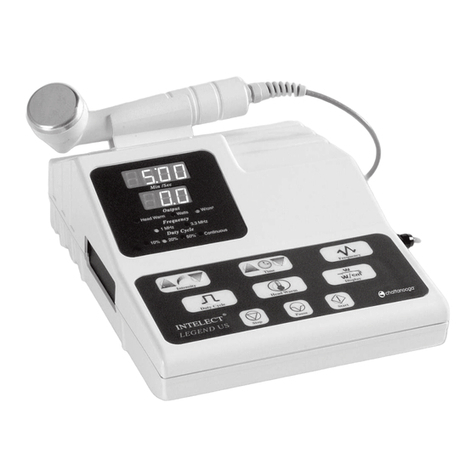
Chattanooga
Chattanooga Intelect Legend Ultrasound user manual

NeoMedLight
NeoMedLight CareMin650 Instructions for use
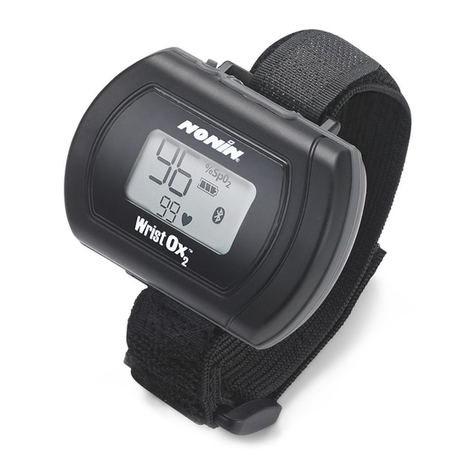
Nonin
Nonin WristOx2 3150 Operator's manual

Belluscura
Belluscura X-PLOR RES50051 quick start guide
